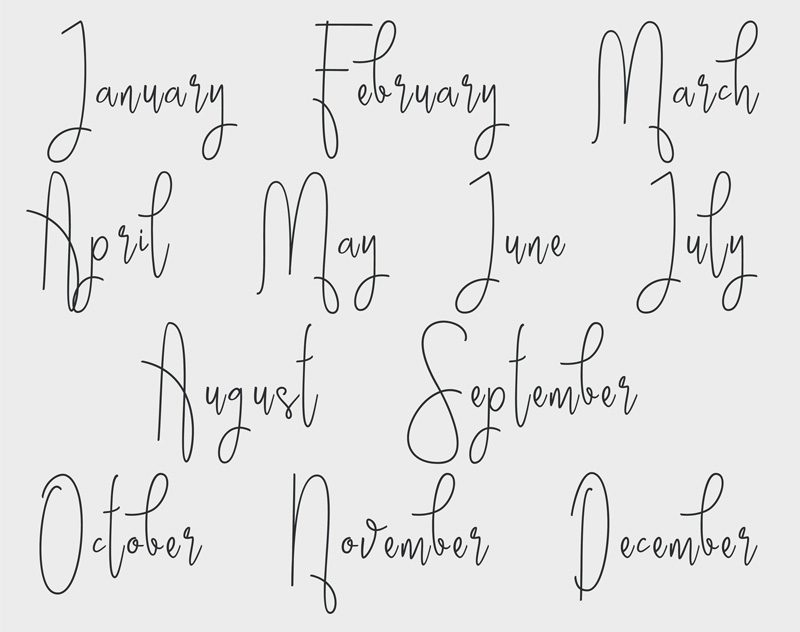
In so many of our cases, the person we treat must wear their dental oral appliance for at least a year or so to see if the articular discs will actually return to their proper place in their socket. In almost every case these past years, the condyle (top of the jawbone) goes so deeply into the glenoid fossa (the socket for the jawbone) that the articular disc (the cartilage material that covers the top of the jawbone) is displaced out of the socket. It is kind of like if your kneecap slipped off and is now off to the side- the pain can be quite extreme. Well, the condyle and disc are similar. If the articular disc is slipped off the condyle, it can and will rub into nerves and blood vessels and can lead to extreme discomfort.
In many of our cases the articular disc has been displaced for years, so to expect it to simply go back into proper position in just a month or two is not logical. Generally, we reassess your situation after working on the problem for a year or so. Most people will notice a change with the appliances in, but it takes about a year to figure out if they are doing better. If there is no improvement surgery may be recommended or just continue wearing the appliances a bit longer.
In almost all cases, the patient is doing better with their appliances even if the new MRI still shows some displacement. This is why TMD treatment can be so complicated. You really do NOT need to have a displaced disc go totally back into the socket. As long as you stop the condyle from pounding into the disc, the patient can feel better and live a good life even though
the discs may not be where they ideally should be.
In almost all cases, I can help our patients in managing the displaced discs for many years to come. Case in point; I am helping two of my immediate family members manage double displacements in both joints. The reason it works is that we took our time in the appliance therapy phase–a good year or more–and then ever so slowly erupted the back teeth so they would properly support the condyles and the discs in the sockets. Because of this, the surgery rate in my office is only one percent. That means of the 100 patients that I see in a week, only one person on average will be a surgical case. Not a bad percentage!
So, after a year or more of wearing dental oral appliances, we have to finish the case with orthodontics or crowns. Doing orthodontics is slow, boring and annoyingly time-consuming. You wear either braces or aligners for at least two to three years, and sometimes longer. The reason for this is that the back teeth need to erupt; i.e. grow upward along with the gum and bone around
them, and this process is very slow at all ages. That patient is also advised to consume a cup of bone broth daily to help stimulate the osteoblast cells (the cells that help bone grow).
So there you have it. Nothing I do is fast or exciting, but it works quite well for just about everybody. This is what I like to explain at the initial consult; allow me the time I need to help you and it is highly likely that you will feel better in the coming months!
If you currently struggle with TMJ issues and want to learn more about TMJ treatments in Falls Church, Virginia, please reach out to us. Dr. Jeffrey Brown and our team at Sleep & TMJ Therapy are excited to assist you! Just call 703-821-1103 today to learn more or schedule a consultation with Dr. Brown.
